Content:
Roses Munstead Wood were bred in 2007 by one of the leading English rose growers - David Austin, who devoted his life to creating hybrids of roses that have the same flower shape as those of French garden varieties. The breeder has achieved repetitive flowering and exquisite aroma from the “ostins”. David Austin did not reveal the pedigree of the spectacular flower - the Monster Wood rose. It is only known that the name of the variety comes from the name of the magnificent English garden Manstead Wood.
Description of the variety
The height of the bush is 90-110 centimeters, the width is 80-100 centimeters.
The decorative effect of the plants of this variety is manifested long before the opening of the buds due to the appearance of delicate bronze-red young leaves. In summer, the foliage takes on a bright green color.
The flowers are cup-shaped, the petals change their color as they open up - the plants form pink buds, but the opened flowers have a rich burgundy, velvety-cherry, beetroot, crimson color. Only the petals at the edge of the flower remain light. The diameter of the flowers is about 10 centimeters, the number of petals is 75 or more. The aging flower has yellow stamens. The strong smell of flowers is characteristic - sweet, with fruity notes of blueberries, blueberries and thorns. This is how the experts characterize this fragrance.
The plant blooms several times with a very short rest period.
Rose Manstead Wood is a hardy and unpretentious plant. The breeder who bred this hybrid recommends growing it in the 6-9 frost resistance zone, that is, the bush is able to withstand frosts down to -23 degrees Celsius in winter.
The Master Wood rose hybrid is immune to many diseases - powdery mildew, black spot. The plant is resistant to various types of rot, so it can be grown in conditions of high humidity.
David Austin recommends planting this hybrid in a sunny location to provide the plant with at least 6 hours of sun daily. When planting a plant outside England, you need to take into account that there are more sunny days in a continental climate, therefore, in the sunniest areas, the Manstead Wood rose blooms more abundantly, but the petals fall off after 4-5 days of flowering. In partial shade, the flower persists for a week.
Application in landscape
Munstead Wood is a rose that is grown both outdoors and in pots. An adult bush is dense and retains its shape well, therefore it is used as a curb plant, planting as a bright accent on a flower bed. These roses are very beautiful in the front garden. The best option for this variety is group plantings.
The plant quickly regenerates, therefore it is used for industrial flower cultivation. Dense buds last long in a vase of water.
Reproduction, planting, care
Rose Munstead Wood lends itself well to grafting. But, like all other "Ostins", her native root system is poorly developed. Therefore, experts recommend not to root your favorite flowers of this variety, but to find a worthy stock with a strong rhizome. Rooted cuttings will develop much more slowly than the grafted ornamental crop, and you will have to wait longer for abundant flowering.
For planting the Manstad stem, it is recommended to choose a sunny site. But remember - if in the summer, in the hottest hours of the day, the rose is not covered by partial shade, the flowers will fade and lose their rich color.Planting in deeper partial shade will result in fewer flowers, but closer to dark purple in color.
The plant prefers well-fertilized soils, ideally drained loams. If you have just such a soil, you will not have to do significant preparation for laying a rose garden, you can only add a handful of bone meal and a little humus to the pit during planting.
Rose Monster Wood will grow well in sandy loam soil if you dig a hole 70 centimeters deep and approximately the same diameter for planting it. All sand must be removed from it - this component improves drainage so much that water flushes nutrients from the soil.
A special non-woven material is laid at the bottom of the pit, which will prevent the nutrient medium from being washed out.
For the decorative rose culture, it is important to correctly formulate the nutrient substrate. The best option would be a mixture consisting of three components:
- nutritious loam;
- compost or humus;
- pH-neutral peat-based garden soil, which can be purchased from specialized stores or departments.
All components are mixed in equal proportions.
Instead of loam, you can take oven clay - this component has no nutrients, but it will help keep the precious moisture at the plant's rhizome.
You can add bone meal or chopped horn-hoof mixture to the composition. One handful of such material will solve the problem of feeding with mineral components for about a year.
Rose planting material is offered in several versions - in a container, with an open root system and in packages.
Containers are the best way to transport. Transplanting such a plant is possible at any time, the survival rate is almost one hundred percent, if there is no frost.
All other options for planting material should be planted in early spring.
In early spring, overwintered bushes need to be cut off, it is advisable to process the cuts with garden pitch, but even if you do not do this, the rose will survive it perfectly.
Spring feeding - ash, mineral fertilizers, bone bitch. Be sure to mulch the root zone, add compost or humus.
During the period of active flowering, feeding is undesirable - this procedure is performed at the moments of rest of the plant, when the number of flowers decreases. There are enough special compositions for feeding roses in stores - they are used throughout the summer. But starting from August, preference should be given to those fertilizers that do not contain nitrogen. In preparation for winter, potassium monophosphate is the best fertilizer.
During the period of active flowering, the flowers actively retain moisture, so the branches tend to the ground. It is advisable to shake the shoots after the rain, and most importantly - to create support for the bush so that it keeps its shape.
Advantages and disadvantages of the variety
Manstead Wood is a very grateful variety and will respond to care with a fast, exuberant, long flowering. But young plants will not immediately show their best side - in the first years it will be difficult to keep the flowers, they may crumble prematurely.
In the sun and in open space, flowers fade, their aroma is easily weathered, and if the plant is planted in a cozy shaded corner, some people find the aroma of its flowers heavy.
Some gardeners complain that this rose has sharp thorns.
The positive aspects also include winter hardiness, immunity to the most common diseases, exceptionally beautiful flowers and active regeneration of the bush after pruning.
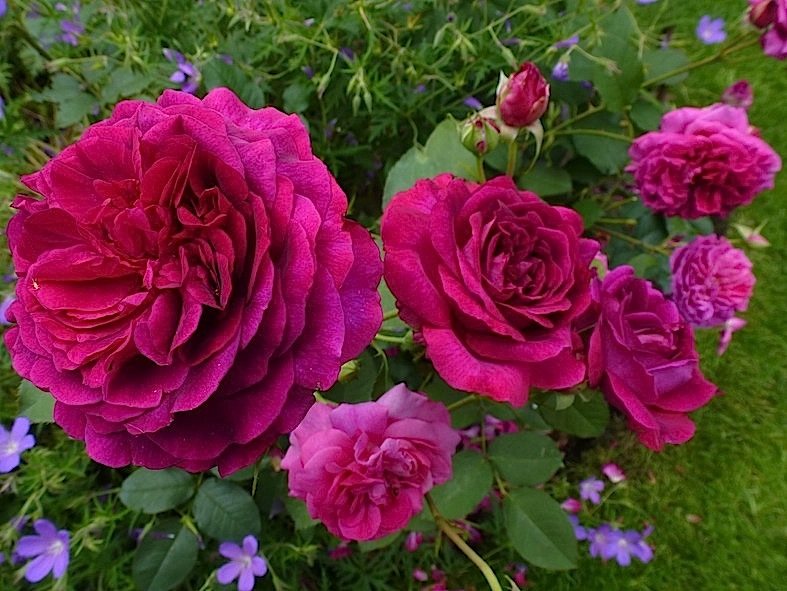
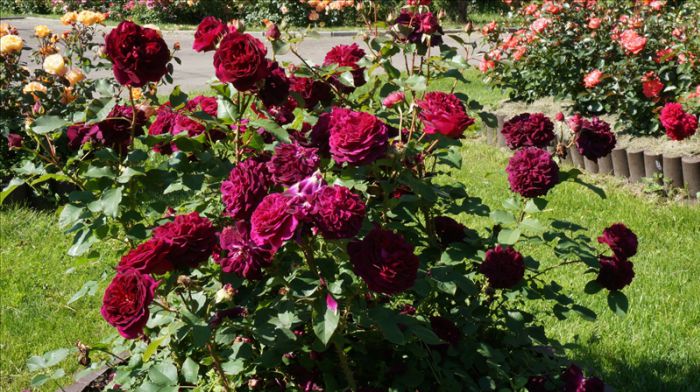
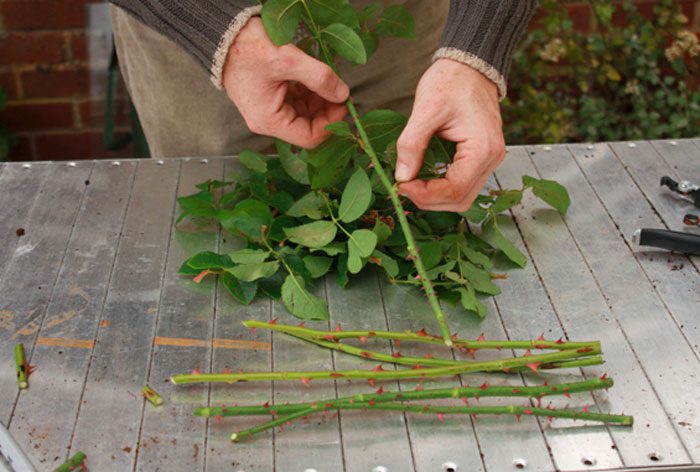
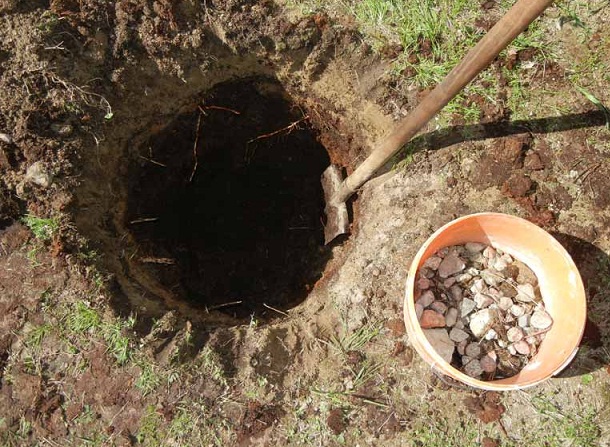
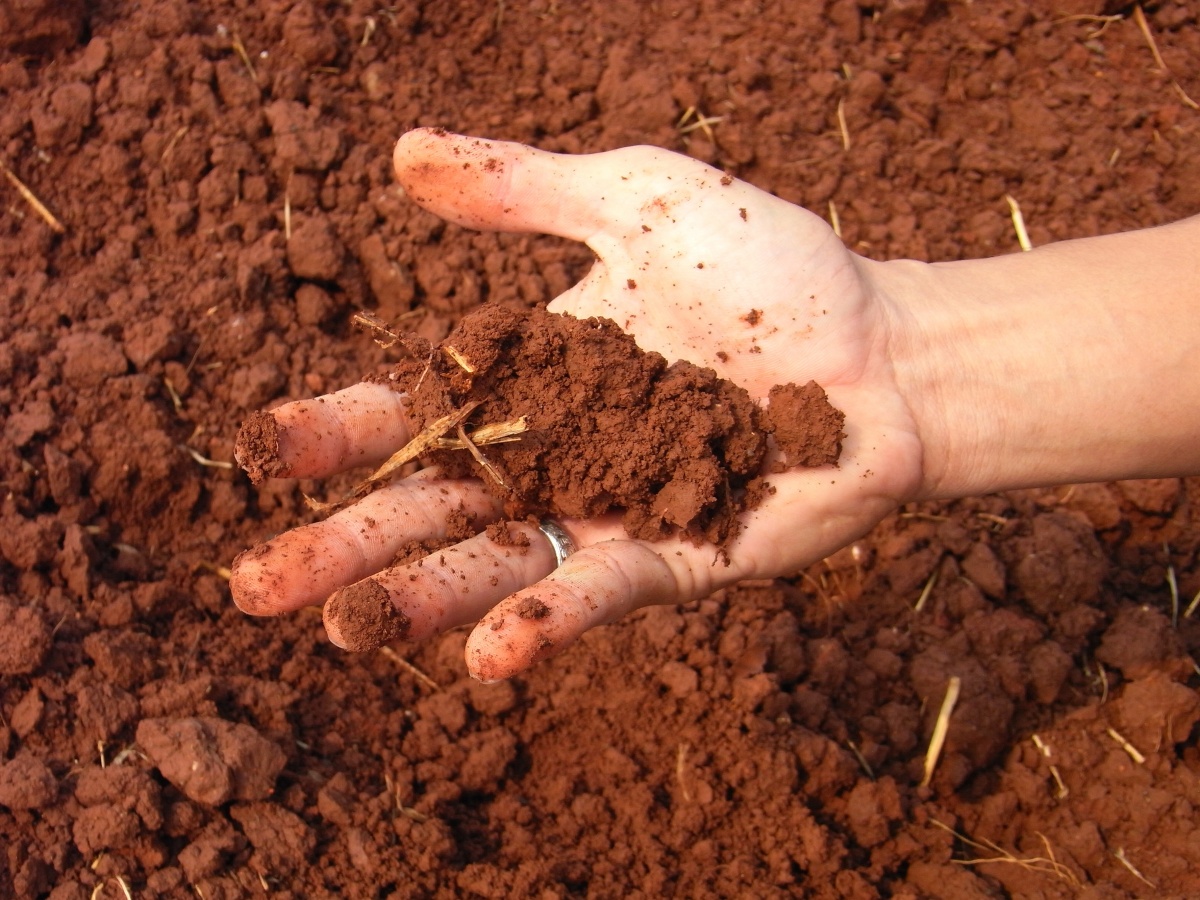

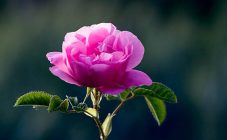
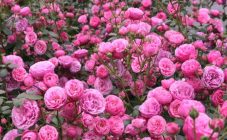
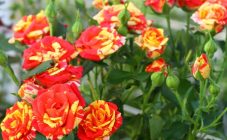
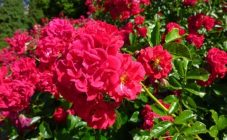
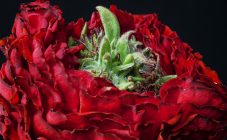







Bone bitch, this is certainly too much. You at least correct mistakes